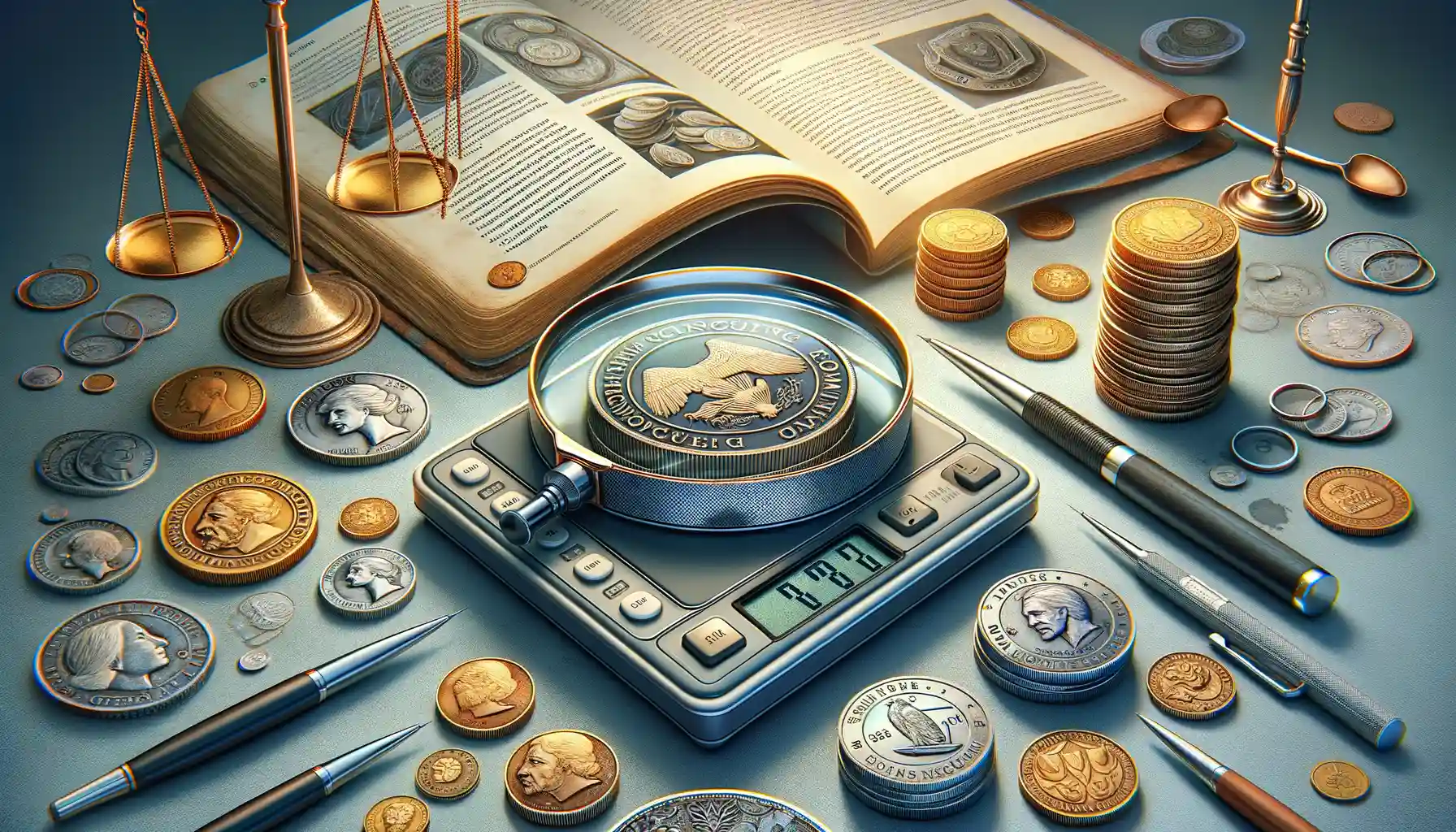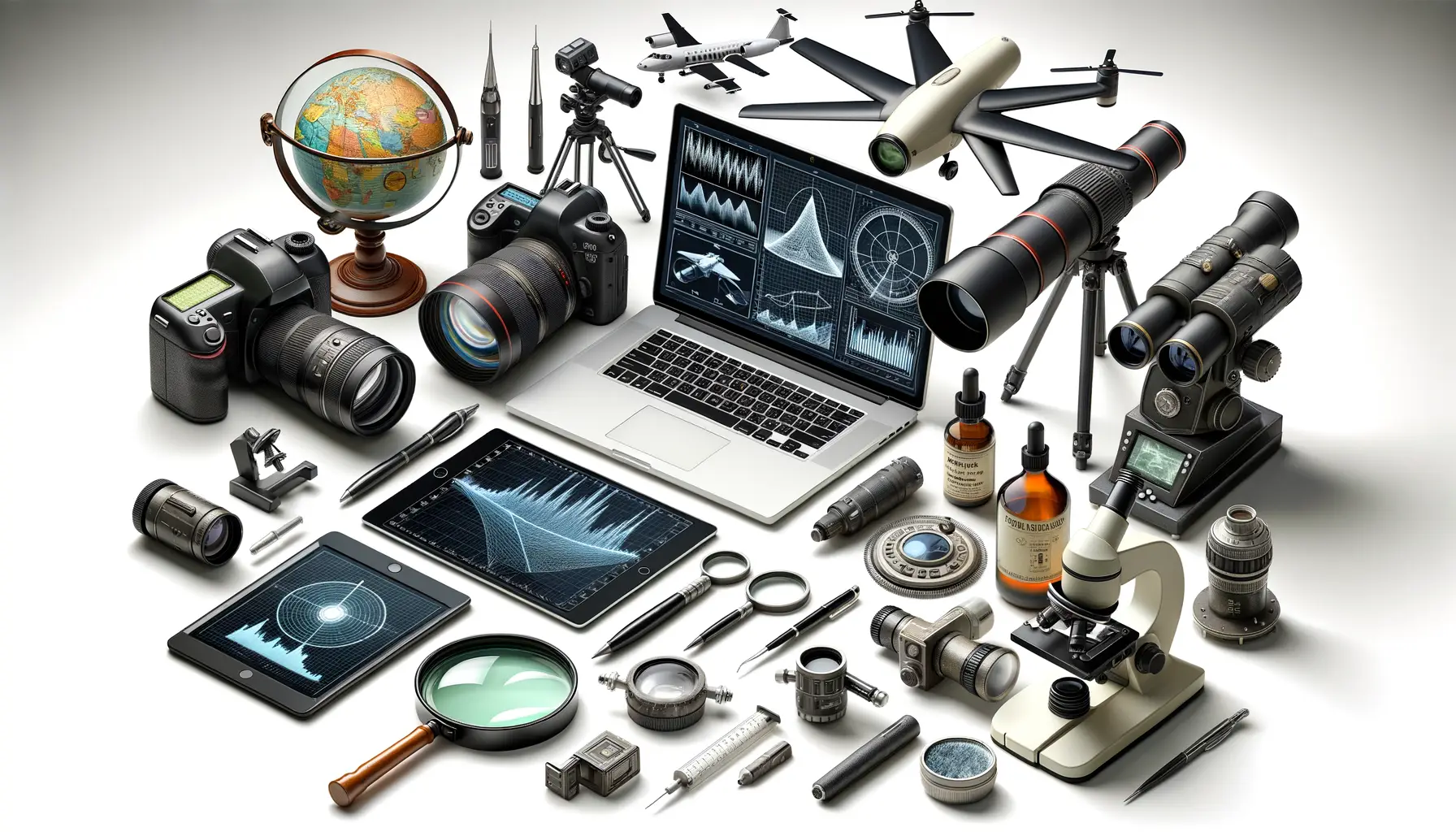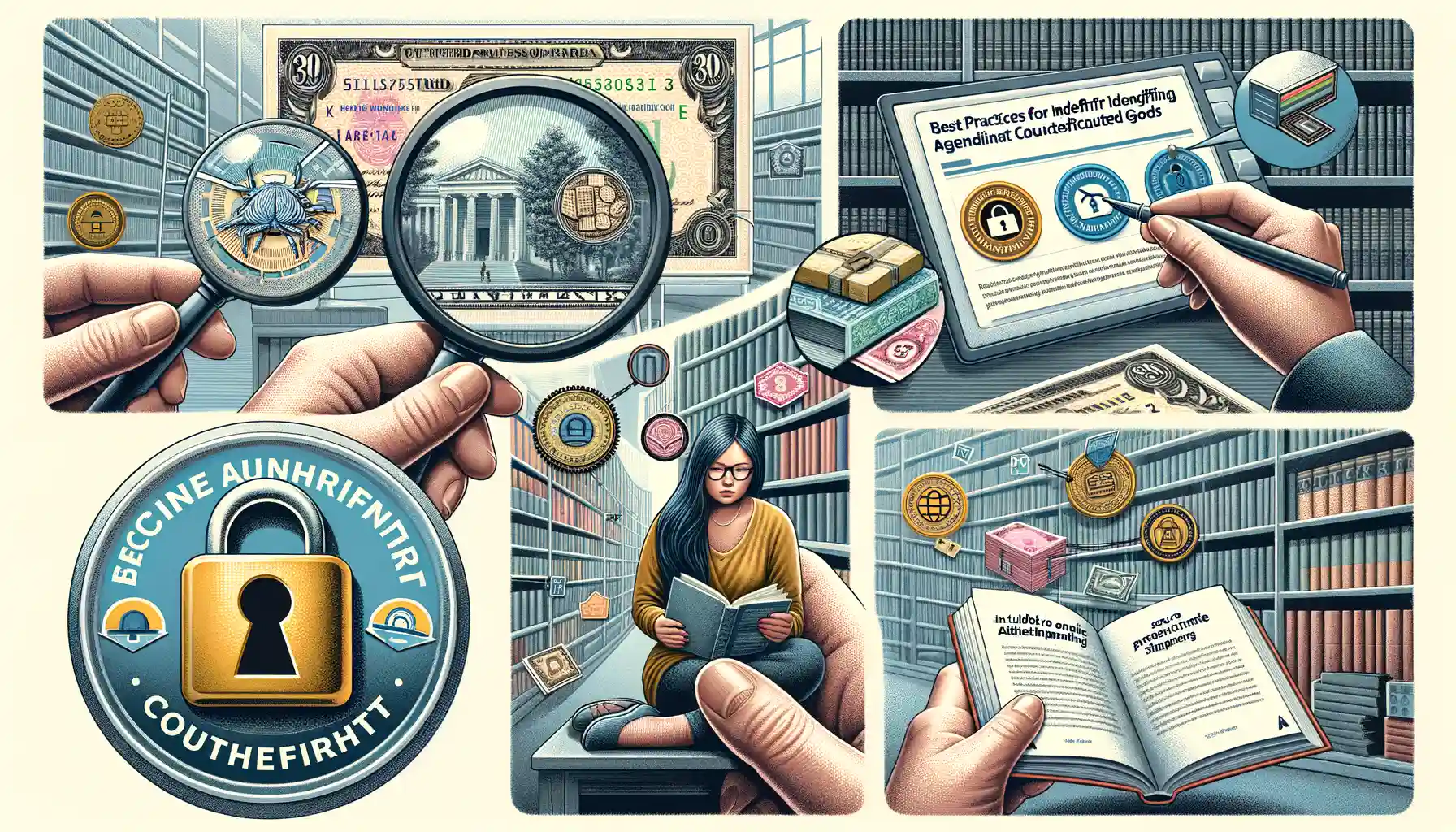Spotting Counterfeit Coins in Global Marketplaces: A Comprehensive Guide
Catch a CheaterUnderstanding the Problem of Counterfeit Coins
The Ripple Effect of Counterfeit Coins
Picture this: a coin slipping through your fingers, its weight subtly off, its shine just a little too bright. Counterfeit coins might seem like small fish in the vast ocean of global counterfeiting, but their impact can be as far-reaching as a stone dropped into water. They erode trust in marketplaces, disrupt economies, and leave collectors and traders alike feeling deceived and out of pocket.
For instance, imagine investing in what you believe is a rare, centuries-old silver coin, only to discover it’s nothing more than a cheap imitation crafted in a backroom with cutting-edge forgery tools. That heartbreak? It’s felt by many.
Common Motivations Behind Coin Forgery
Why do counterfeiters go to such lengths? It’s not always about greed—sometimes it’s deception for social status, or even revenge against systems they distrust. Here are the most common reasons:
- Financial gain: Fake coins can fetch jaw-dropping amounts, especially when marketed as rare collectibles.
- Historic allure: Counterfeiters often target ancient or commemorative coins valued for their narratives, not just metal content.
- Sheer audacity: Some simply thrive on the thrill of duping experts and institutions.
Every forged coin tells a story—but it’s rarely one anyone wants to hear. Let’s unravel this tangled web.
Key Techniques to Identify Fake Coins

Trust Your Senses: Look, Feel, and Listen
Spotting fake coins often starts with something as simple as trusting your instincts. Begin by closely examining the coin’s design. Does the minting appear fuzzy or uneven? Falsified coins often lack the precision of their authentic counterparts. Pay attention to details like inscriptions—are the letters too thick? Too thin? A little “off”?
Now, move on to touch. Genuine coins typically have a distinct texture and weight. Hold it in your palm. Does it feel suspiciously light or oddly heavy? Legitimate coins are crafted from specific metals, and counterfeiters frequently fail to replicate these exact weights.
And then there’s the sound. Yes, you read that right! Tap the coin gently against a hard surface or another coin—authentic coins produce a clear, ringing tone, while fakes tend to give off a dull *thud*. It’s music—or the lack of it—to an expert’s ears.
Inspect the Details: Telltale Signs of Fraud
When in doubt, let the small imperfections do the talking. Look for these common indicators:
- Error in Dates: Counterfeit coins may display impossible date combinations, such as a U.S. dollar minted in the “1400s.”
- Magnetic Attraction: Run a strong magnet over the coin. Many modern counterfeits use ferrous metals that stick to magnets—red flag alert!
- Edge Anomalies: Study the rim carefully. Is it smooth when it should be ridged? Or vice versa?
Each mark, flaw, or inconsistency could mean the difference between a rare treasure and a not-so-rare scam.
Tools and Technology for Detection

State-of-the-Art Gadgets for Precision
When it comes to sniffing out counterfeit coins, relying solely on your instincts is like trying to read a novel in the dark—you need light, or in this case, the right tools. Modern technology has revolutionized coin authentication, arming even amateurs with precision-based gadgets. Take the dependable *digital caliper*, for instance. It measures the coin’s thickness and diameter down to a fraction of a millimeter. If those numbers don’t match the mint standard for that year and country? Well, you might be holding a wolf in sheep’s clothing.
For those chasing foolproof certainty, there’s the *magnetic scale*. Some fake coins use non-standard metals with magnetic properties that authentic coins simply lack. One swipe across the surface can reveal truths that the naked eye could never discern.
- Ultraviolet (UV) lights: Perfect for spotting counterfeits with altered surface treatments.
- XRF scanners: High-tech machines that analyze a coin’s exact metallic composition.
Everyday Tools That Pack a Punch
Not everything requires a high-tech arsenal—sometimes, simplicity shines. A jeweler’s loupe (10x magnification) can uncover tiny inconsistencies in lettering or reeded edges. And don’t underestimate the power of an old-fashioned weighing scale. Authentic coins have precise weights; even the slightest deviation is a red flag. With these trusty sidekicks, you’re one step closer to being Sherlock Holmes in a marketplace of mysteries!
Tips for Safeguarding Against Counterfeits

Stay One Step Ahead
Counterfeit coins can be sneaky little imposters, lurking even in the most reputable marketplaces. But don’t fret—arming yourself with a keen eye and smart strategies is the best way to dodge these deceptions. Think of it as putting on your armor before stepping into battle.
First, always buy from trusted sources. If a deal looks too good to be true, it probably is. That shiny “rare” coin sold at half its actual value? Likely a wolf in sheep’s clothing. Stick to established dealers, auction houses, or reputable online platforms with solid reviews.
Second, get hands-on. Familiarize yourself with the authentic feel of coins. Real coins are weighty, firm, and often have sharp details. Counterfeits are like bad actors—flat, poorly rehearsed, and sometimes downright comical when you look closely.
Build a Knowledge Arsenal
Dive into research: learn the classic features of the coins you’re collecting. Take notes, join forums, and start conversations with other numismatists. Knowledge is your frontline defense in this ever-changing game. As they say, “Your best weapon is a well-stocked mind!”
The Role of Experts and Authentication Services

Why You Need Expert Eyes in the Coin World
Navigating the global coin marketplace can sometimes feel like walking a tightrope without a safety net. That’s where seasoned professionals swoop in to save the day. Experts, with their trained eyes and decades of experience, can spot a counterfeit coin faster than you can say “non-magnetic core.” Their role isn’t just important—it’s absolutely essential.
Think of this: You’ve stumbled across what seems to be a rare 1794 Flowing Hair Silver Dollar at an estate auction. It looks authentic, feels almost too good to be true, and *voilà*—the price is right. Here’s the catch: without someone who’s studied every nook, cranny, and microscopic detail of such coins, how can you be sure it’s genuine? One minuscule mistake, one overlooked inconsistency, and you could end up throwing thousands down the drain.
The Power of Professional Authentication Services
When it comes to authentication services, they’re like your backstage pass in the world of numismatics. These organizations are equipped with state-of-the-art technology (think advanced X-ray fluorescence machines) to back up their human expertise. Here’s what they typically offer:
- Grading and Certification: Detailed assessments that assign value and rarity to coins.
- Provenance Research: Digging deep into a coin’s history to ensure authenticity.
- Tamper-Proof Holders: Seals that confirm a coin has been validated by experts.
Involve them early. A simple, unbiased certificate from a trusted service could mean the difference between being seen as a savvy collector or falling prey to a scam artist’s slick tricks. This is truth, not hyperbole—the stakes are that high.
